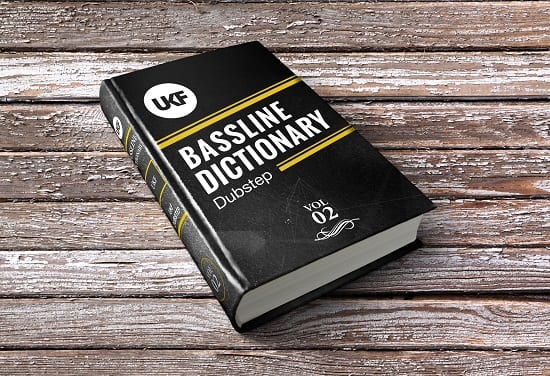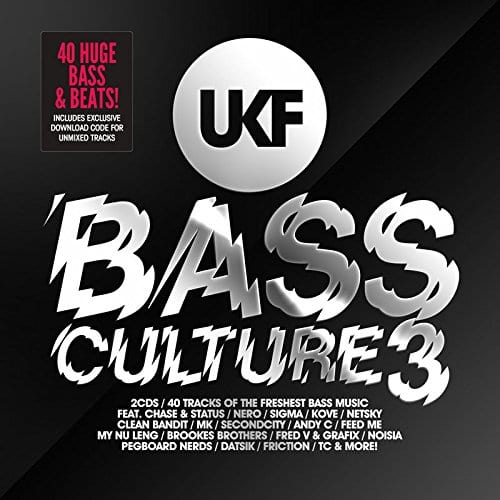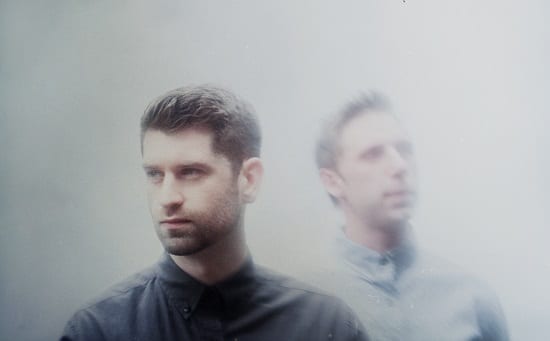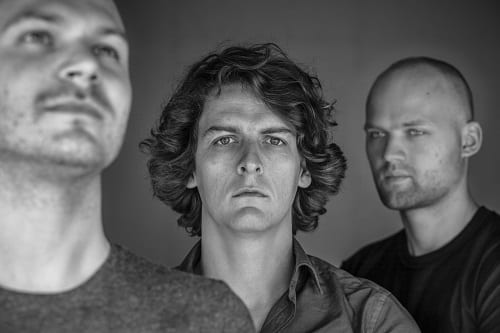So far our bassline dictionary has already navigated the jungle vernacular and emerged courageously on the other side. Now our journey continues a dictionary of dubstep basses!
Don’t get lost amid endless wubs again, here are five different techniques often found within the ever-developing world of dubstep… And a guideline on how they’re made, why they work and how you YOU can describe them yourself.
Genre Defining Bass
Playfully smiling at convention, only to walk off gracefully into the night.
Example: Subscape – I Would Have Loved You
This bass refuses to be tied down to a genre and reduced to a statistic. It is the square peg in the round hole, the exception to the rule and most importantly an anthemic temptress.
The reason this bass is so ‘future thinking’ is because it blends subtleties from many genres, but is also tied to none. It has the rolling rhythms of classic garage bass, where a simple sub is played in a syncopated rhythm. The movement of the low-pass filter rising at the end of every eight bars is a classic house technique. This combined with a melodic percussion line that would feel at home in a future garage track means that it is truly a genre-defying bass. Simply, sublime sub-bass.
Modern Day Juno
A modern day twist on the classic Juno synth, just phatter.
Example: Zeds Dead & Dirtyphonics – Where Are You Now
This bass is no nonsense; it gives a ‘kind nod’ to the warmth and character of the Juno 106 analogue synth but then takes it to another much fatter level. This is a punchy, stubby bass that is versatile and when played with euphoric key signatures can guarantee to take the crowd to new heights.
The interesting thing about this type of sound is a Pulse Width Modulated Square Wave. This means taking a standard Square Wave and squashing it to one side. It might not seem like much of a difference but trust me, it is. Combine this with a saw tooth for the buzzy, rich top and mid ripping. You next step is to create the ‘mwoooap’ style articulation this is done by putting the sound through a voltage-controlled filter linked to an envelope. You might have seen something similar, if you have used the filters in Reason – Sub Tractor.
The analogue Juno had two types of chorus effect ready to be deployed at the flick of a switch so introducing this into your sound is a great way to create that authentic sound.
Sharper than Samurai
Played on a big system, this will cut you in half.
Example: Moody Good – Hotplate
This is bass can be heard normally as a contrast or edit at the end of a bar. Let me set the scene#; the track has dropped and your tune sounds sick, but after eighgt bars you need something new to really set of the dance. Enter the samurai bass, resonant madness that cuts through shaper than the blade that hit Lucy Liu in Kill Bill.
This bass relies waveforms that are complicated and have lots of strong harmonics; a digital/hybrid wave from Massive will be a great start. Then modulating the pitch of the oscillator means that you can start the bass low then hit the crowd with the razor sharp top devastation at will. People may assume this was heavily distorted but I think a real ninja would achieve this sound with filter resonances and a hardcore limiter, the purist approach.
Talking Alien Bass
Articulate with a distinct vocabulary, bass language for the future musician.
Example: Must Die & Mantis – Culture
So you want to get your message across to the crowd, but wait a minute! You make dubstep. Sure, actual vocals can be acceptable, but put your money where your mouth is and let the bass do the talking!
In this example we are focusing on the basses that hit in the second half of the drop. This super modulated alien language bass can be created by using very specific types of waveforms that can be found in Massive or other wavetable synths. Namely the digital hybrid waves Deep Throat or Modern Talking are a great place to start. The super fast movements are created by linking a sync’d LFO to the filter cut-off at rates of around 1/16. Follow this with a Sugar Bytes WOW filter to add some vowels to the bass’s vocabulary. Finally a little distortion will go a long way on these types of sound so why not try a little Camel Phat to bring out the nuances of your new modern day speak and spell.
WOMD Bass
Rave like no-one’s watching; destroy the dancefloor bass.
Example: Savant – Sledgehammer
You need to be a mad scientist, with a laboratory situated under a volcano, own a tank filled with sharks equipped with lasers and a furry white cat in order to create this bass.
The key is to break the bass into its components. Creating an independent sub will ensure that the 50hz bass that you feel to your chest has bionic strength. This gives you the freedom to indulge your mad scientist fantasies, creating chemical induced rips and tears that will provide the energy and interest in the high end.
The sub is normally a sine or triangle wave with some saturation to add harmonics, ensuring that your sub gets translated over any sound system. Next we split the atom and open ourselves world of Wavetable synthesis. Synths such as Massive have a periodic table of waveforms to blend and combine to create devastating results. Strong use of LFO modulated notch and band-pass filters will add the shattering rips, ‘wubs’ and resonances needed. Finally Classic tube distortion and the well-named Dimension Expander will provide the doom and sonic boom.
What are your thoughts on the world of bass? Are there any specific types of dubstep bass that you think needs to be represented? We would love to hear your theories about the creation of basses and views in the comments below.



